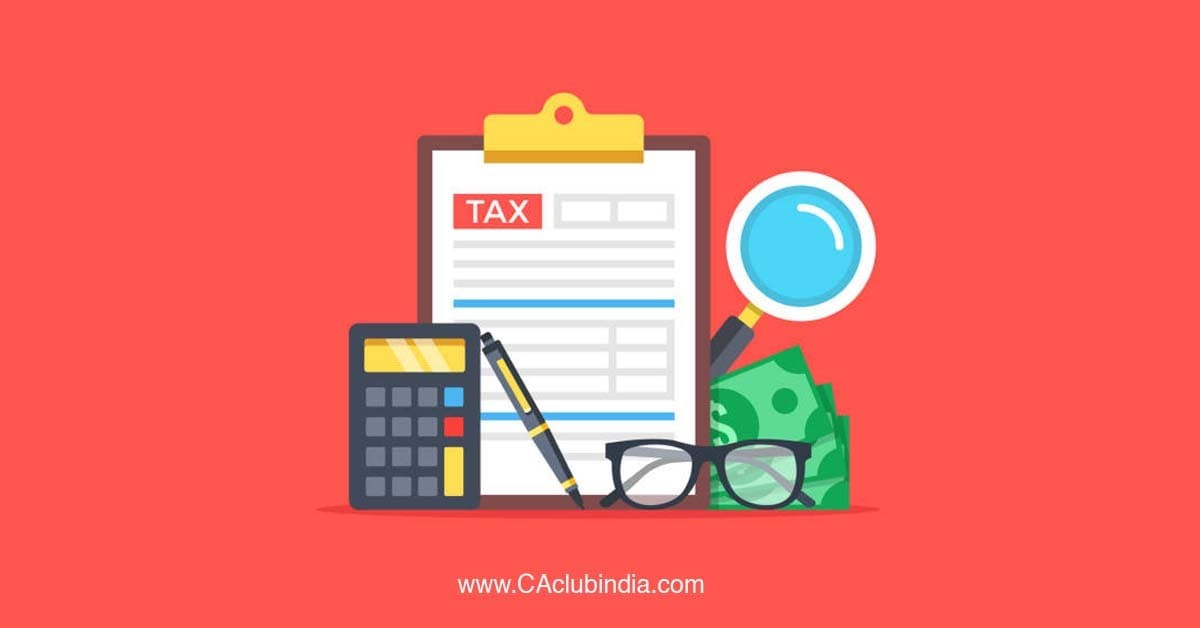Ever since Elon Musk has bought Twitter, Twitter can not stop dissecting his financials! How could he afford it? Where did he get the money from? How much salary does Tesla pay him? Why is it so less? Turns out Musk is not the only billionaire with a pittance as salary. Bill Gates is in the same high net worth, peanut salary club as well. Reason - Tax saving! Tax laws around the world tend to make the salaried pay a higher bill. And more so for those individuals earning a high salary.
India's income tax laws do the same. A testimony to that fact is a recent budget provision which imposes a tax on a high provident fund contribution, which would be done only by the high salaries individual. What's more, you cannot really set off much of your expenses against your salary income. You cannot set off any of your share market losses either!
But there are provisions in the Income Tax Act that can help you minimise the tax incidence. Step 1 is to meet with the HR and payroll manager of the company. No, they're not going to pay taxes on your behalf but they can do something more important - restructure your salary components. The Income Tax Act provides for tax benefits on certain expenses you incur to perform your duties as an employee or towards your employer which will be subtracted from your taxable salary income. These amounts are paid to you by your employer and hence included in your CTC. Section 10 and its clauses along with Section 17 and its clauses of the Income Tax Act lists down these allowances and perquisites and also lays down conditions for availing these allowances, tax- free.
Here's the link to the benefits to salaries individuals.
Click Here for List of benefits available to Salaried Persons
For some allowances, the amount that is allowed tax-free is fixed, whereas, for some, it depends on the actual expense incurred by you. But the idea is to provide an employee incurring these expenses to carry out his/her office duty, a relief on tax liability. Thus, ask your employer to rejig your basic salary structure so as to make it more tax efficient.
Below is a possible salary structure that could be worked out, giving you the maximum benefit of Section 10(14).

|
AMOUNT |
CONDITION |
|
|
Basic salary |
Rs. 9,60,000 |
|
|
HRA or House rent allowance |
Rs. 4,80,000 |
Least of the following is exempt: a) Actual HRA received b) 40% of salary (50% if house is situated in metro) c) Rent paid minus 10% of salary |
|
Conveyance allowance |
Rs. 1,80,000 |
Bills should be submitted |
|
Mobile reimbursement |
Rs. 36,000 |
Bills should be submitted |
|
Education allowance |
Rs. 2,400 |
Rs. 100 per month per child (max 2 children) |
|
Hostel allowance |
Rs. 7,200 |
Rs. 300 per month per child (max 2 children) |
|
Meal coupons |
Rs. 15,600 |
Rs. 50 per day 26 days a month |
|
Uniform allowance |
Rs. 36,000 |
Bills should be submitted |
|
Leave travel allowance |
Rs. 60,000 |
Bills should be submitted |
|
EPF (Employer contribution) |
Rs. 1,15,200 |
Up to 12% of basic salary |
|
NPS (Employer contribution) |
Rs. 96,000 |
Up to 10% of basic salary |
|
TOTAL CTC/SALARY |
Rs. 19,88,400 |
Your CTC has been brought down from a little under Rs. 20 lac to Rs. 9.6 lac. But it doesn't end here. From the HR manager, the onus shifts to you to make the right tax savings investments.
Here's a list
- Section 80C: Invest in PPF, ELSS or repayment of the principal portion of a home loan. Up to Rs. 1.5 lac deduction available
- Section 80D: Paying the annual health insurance premium for self and parents. Deduction up to Rs. 60,000 available
- Section 80CCD (1B): An additional Rs. 50,000 contribution towards NPS
- Section 24: The interest portion of the EMI on your home loan. Maximum deduction available is up to Rs. 2 lac.
|
Income chargeable under the head 'Salaries' |
Rs. 9,60,000 |
|
Less: standard deduction (Budget 2019) |
Rs. 50,000 |
|
Total income |
Rs. 9,10,000 |
|
Deductions under Chapter VIA |
|
|
Section 80C (PPF, ELSS, home loan principal) |
-Rs. 1,50,000 |
|
Section 80D (Mediclaim for parents and self) |
-Rs. 60,000 |
|
Additional NPS contribution |
-Rs. 50,000 |
|
Section 24 (Interest on home loan) |
-Rs. 2,00,000 |
|
Total deductions |
-Rs. 4,60,000 |
|
NET TAXABLE INCOME |
Rs. 4,50,000 |
COMPUTING THE TAX
The July, 2019 budget hiked the Section 87A rebate to Rs. 12,500, if the taxable income is Rs. 5 lac. The tax liability in our example would be Rs. 10,000 and since the income is not exceeding Rs. 5 lac, the individual would be entitled to the full rebate, leading to no income tax liability.
The aforementioned sections and standard deduction would be available only if one opts for the old regime. It's also possible you may not have a home loan outstanding. This may increase your taxable income but still keeps the tax incidence to the bare minimum.
For most companies, it is appraisal season. If you're in IT, it is big bucks for you considering the industry is going through the phase of high attrition. In this case, 2 things will happen - 1. You'll get a lofty pay rise and 2. You'll have to pay tax on it. Now is the perfect time then to put a lid on no 2. (Definitely not on no. 1). And use the guide above to do just that.








 CAclubindia
CAclubindia
